What are the culprits of anemia in the elderly?
Does your recent doctor’s report read “low hemoglobin”? Or perhaps you noticed the red blood cell level was low in the bloodwork report?
Anemia means having a low number of red blood cells, and it’s very common in older adults. According to recent data, around 10% of people over the age of 65 have anemia. While this condition may be common, doctors advise that many older adults hardly understand it.
Anemia is associated with a wide range of underlying health conditions and can indicate anything from a life-threatening emergency to a mild health issue that barely makes the doctor blink.
Anemia in the elderly is often caused by some other problem in the body. Not understanding anemia often leads to inappropriate treatment with vitamin supplements. This article will help you understand the condition, learn what causes it, and learn how to get better follow-up.

Defining and detecting anemia in the elderly
As mentioned above, anemia means having a lower-than-normal level of red blood cells circulating in the blood. These cells are always counted as part of a “Complete Blood Count” (CBC) test, which is a common blood test.
A CBC test typically includes the following results: red blood cell count (RBCs), which is the number of red blood cells per microliter of blood; white blood cell count (WBCs), which is the number of white blood cells per microliter of blood; hematocrit (Hct), which is the proportion of red blood cells in the blood; hemoglobin (Hgb), which shows how many grams of oxygen-carrying protein are per deciliter of blood; platelet count (Plts), which show how many platelets (a cell that helps your blood clot); mean corpuscular volume (MCV), which indicates the average size of red blood cells.
By convention, to detect anemia, doctors rely on the hematocrit and the hemoglobin level rather than the red blood cell count. A “healthy” level of hemoglobin is usually in the range of 12–15 g/dl for women and 14–17 g/dl for men. However, it’s important to note that different laboratories may define the normal range a bit differently.
Anemia in the elderly can be detected via a low hemoglobin level (meaning, below normal). Doctors often confirm the lower hemoglobin level by requesting a second CBC test.
If they detect anemia, they will generally take a look at the mean corpuscular volume measurement to see if the red cells are bigger or smaller than normal. Doctors do this because the size of red blood cells can help point them toward the underlying cause of anemia.
This being said, anemia in the elderly is often described as macrocytic (red cells larger than normal), normocytic (red cells of a normal size), and microcytic (red cells smaller than normal).
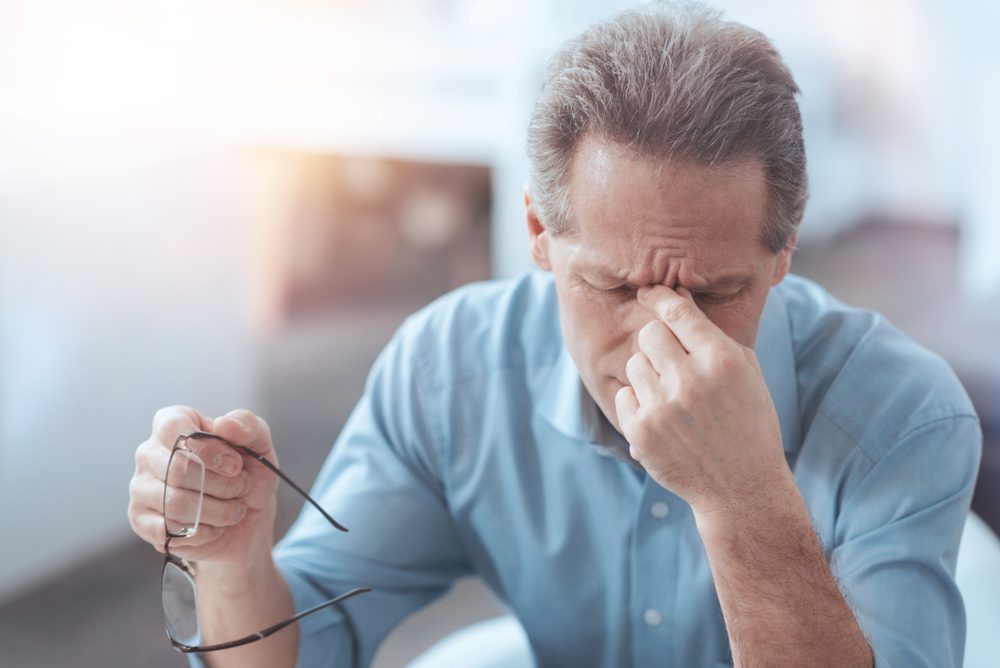
Symptoms of anemia in the elderly
The red blood cells in your blood use hemoglobin to transport oxygen from your lungs to every cell in your body. In other words, when a person doesn’t have enough red blood cells that can do their job, the body starts to experience symptoms associated with low oxygen levels.
Common symptoms of anemia in the elderly are weakness, headaches, fatigue, high heart rate, shortness of breath, lower blood pressure (especially if bleeding is the cause of anemia), and pale skin, which is often first noticed by checking inside the lower lids.
However, it’s pretty common for people to have mild anemia, which occurs when the hemoglobin level isn’t way below normal, and in this case, symptoms may be slightly noticeable or non-existent.
That’s because two crucial factors determine how severe the symptoms are:
- How far below is the hemoglobin level?
- How quickly did the hemoglobin go down to this level?
This second aspect is very important to keep in mind. According to experts, the human body does somewhat adapt to a lower hemoglobin level, but only if it’s given weeks or months to do so.
How low can hemoglobin go to be considered life-threatening?
If someone’s hemoglobin drops from 12.5 g/dL to 10 g/dL (which is usually considered a moderate level of anemia), they’re likely to feel quite crummy if this drop occurs over three days, but much less so if it develops slowly over three months.
People sometimes want to know how far below normal the hemoglobin has to be for anemia to be “serious” or “really dangerous.” This depends on the past medical history of the person and also on how fast the hemoglobin dropped, but usually, a hemoglobin of 6.5 to 7.9 gm/dL is often seen as “severe” anemia.
Some people also want to know how low hemoglobin can go to be considered fatal. A hemoglobin of less than 6.5 g/dL is usually considered life-threatening. But again, the body’s tolerance for low hemoglobin depends on different factors, including whether the hemoglobin keeps dropping quickly (due to an internal bleed, for example) or is slowly drifting down.
According to a study of hospitalized Jehovah’s Witnesses who refused blood transfusions, those with hemoglobin between 4 and 5 gm/dL died, on average, around 11 days later.
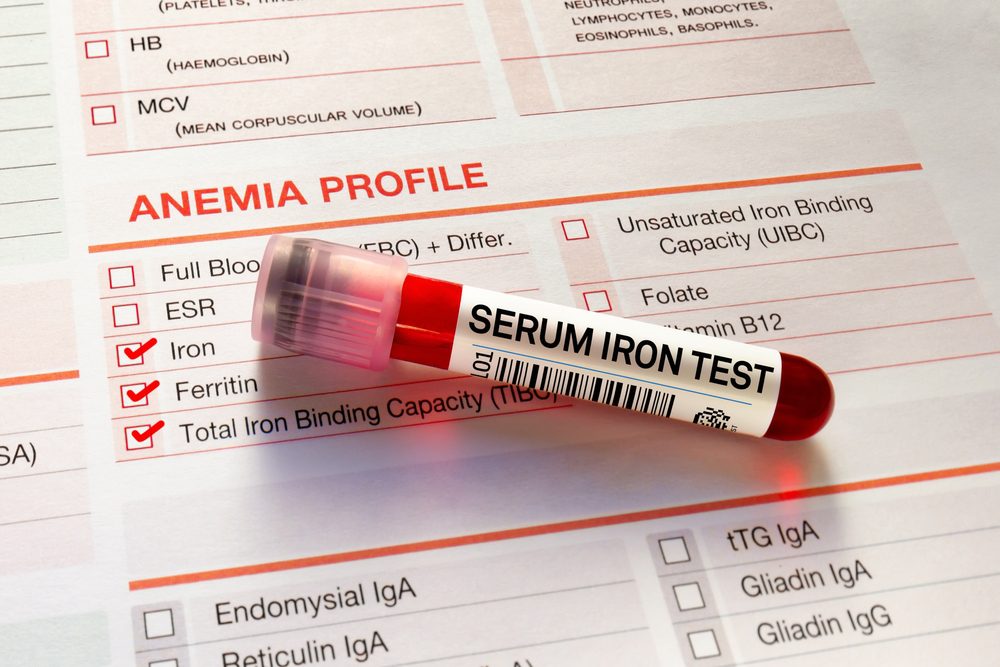
The causes of anemia in the elderly
Whenever anemia is detected, it’s paramount to see what is causing the low red blood cell count. Compared to other cells in the body, the red ones have a short lifespan: around 100–120 days.
This being said a healthy body must constantly be producing them. The process occurs in the bone marrow and takes around seven days, then the new red blood cells do their job in the blood for 3–4 months. Once these cells die, the body recovers the iron and reuses it to make new red blood cells.
Anemia occurs when there are disruptions of these processes. In children and younger adults, there’s generally one cause for anemia. But when it comes to anemia in the elderly, it’s pretty common for there to be different co-existing causes.
There are two categories of causes you should consider when thinking about anemia: an issue producing the red blood cells and/or an issue losing the red blood cells.
When it comes to the culprits of anemia in the elderly caused by something that interferes with the production of red blood cells, one of the most common ones is iron deficiency. This often happens to vegetarians and people who don’t consume much meat.
However, the lack of iron is more commonly due to a slowly bleeding ulcer in the small intestine of the stomach or a chronic bleeding spot in the colon.
Another thing that may stop your body from producing healthy red blood cells is chronic inflammation. Lack of vitamins essential for red blood cells can also lead to anemia in the elderly (such as folate and vitamin B12).
When it comes to problems losing red blood cells, there are multiple scenarios when blood loss causes anemia because these cells are leaving the bloodstream. This can occur obviously and quickly, but it can also happen subtly and slowly.
Some examples of how people lose blood include injury and trauma, frequent blood draws, chronic bleeding in the small intestine, large bowel, or stomach, and menstrual bleeding.
According to a major study looking at the causes of anemia in the elderly, one-third of the anemias were due to deficiency of iron, folate, and/or vitamin B12, one-third were due to chronic disease, and one-third of the anemias were unexplained.
If you recently discovered that you have anemia, this book can help you treat the condition.
If you liked our article on anemia in the elderly, you may also want to read 7 Risk Factors That Make Flu More Severe.






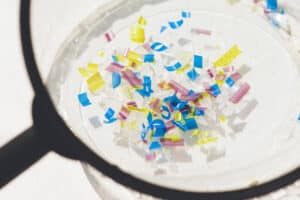


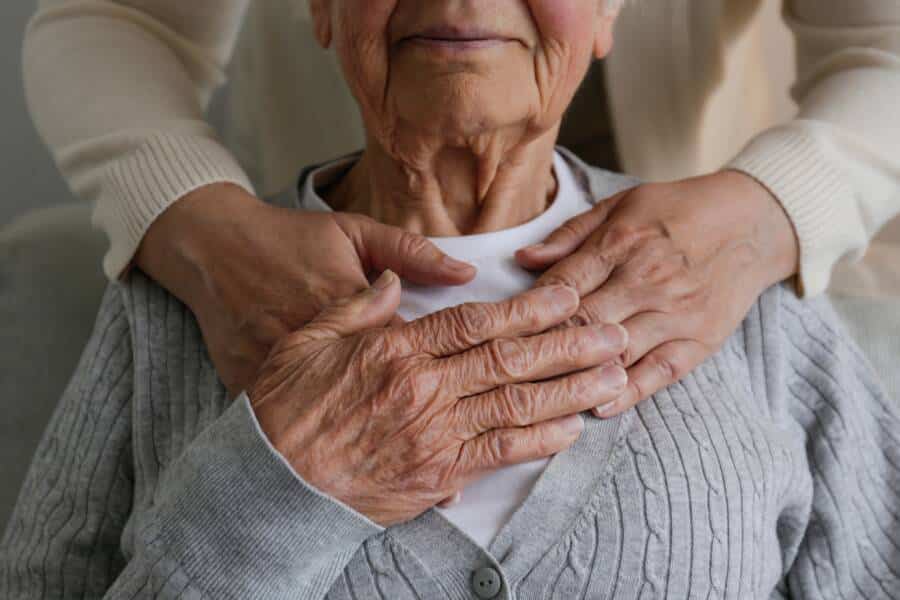
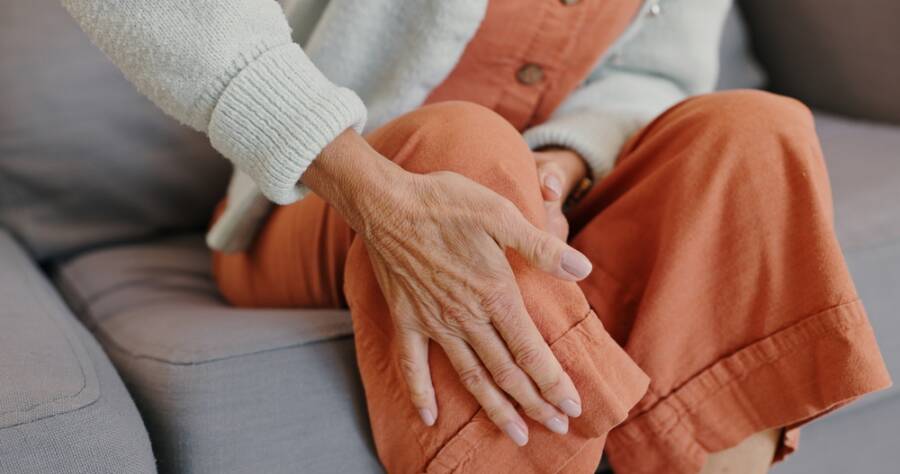
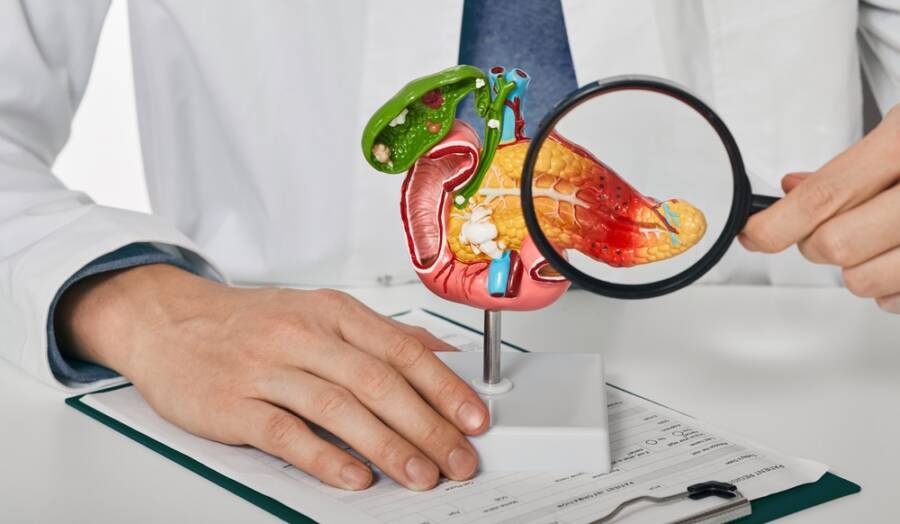


One Response
This is top-notch. Your dedication is truly commendable. ❤️